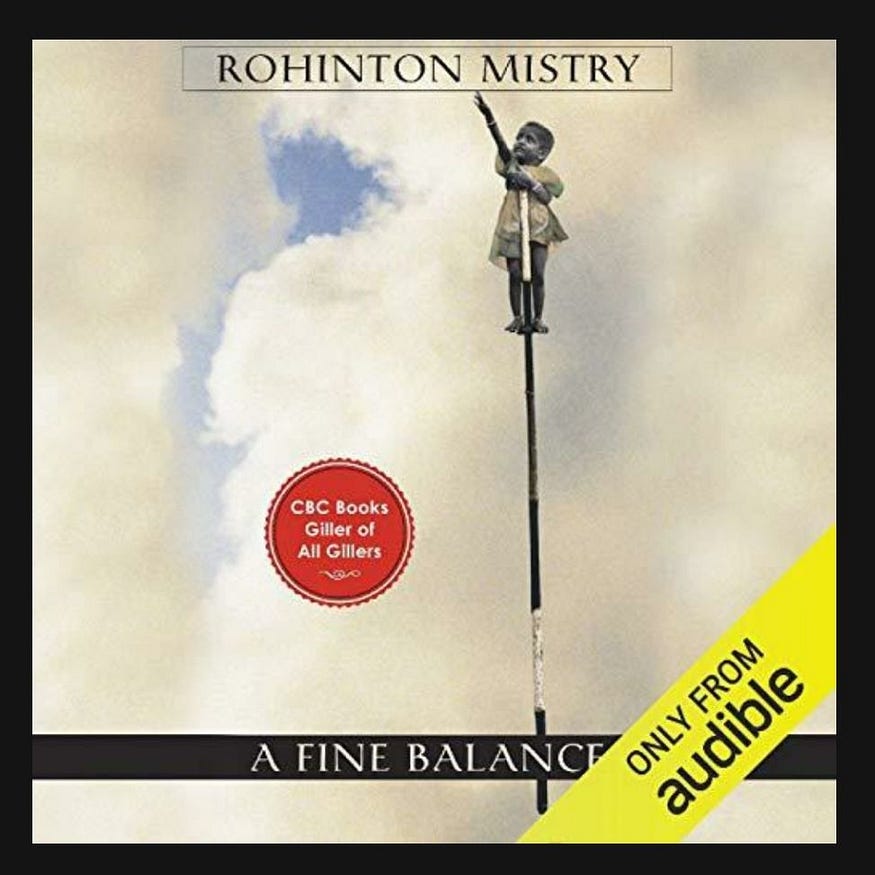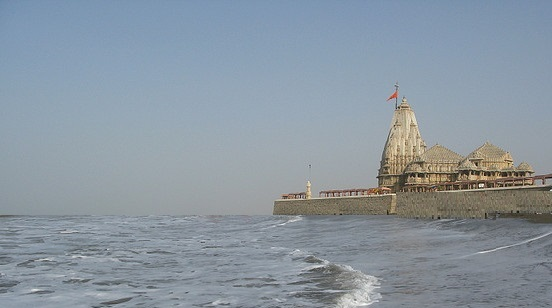How True Is The Representation Of Caste Violence In “A Fine Balance”?
(**First published on my Medium account at - https://nishaagni.medium.com/how-true-is-the-representation-of-caste-violence-in-a-fine-balance-377862f86c40)

The world over, people have become more vocal about casteism and social inequalities. While Isabel Wilkerson’s Caste has recently brought attention to the glaring social divides in America, the disparities in India’s social strata have long been acknowledged by literature, journalism & lived experiences alike.
A Fine Balance by Rohinton Mistry, is a fictional — but not fictitious — account of casteism in India. Set during The Emergency in the early to mid-1970s, the saga takes us on an unforgettable journey into the lives of four ill-fated individuals.
We meet an assortment of characters, as diverse as the spices used in Indian cuisine. There’s the peevish and distrustful Dina, who does not allow herself to hope for a better future. There are the tailors — hot-headed Omprakash, whose temper is tempered by his unassuming and mature uncle Ishvar; and there’s college student Maneck, whose melancholic tendencies threaten to unravel the entire “family” — a group of misfits who come together out of compulsion, but stay together out of love.
A rich entourage of supporting characters bring the story to life. It is through these minor dramatis personae that the story of casteism, poverty and violence is told. Every page brings with it a fresh tragedy. By the end of the book, you’ve either lost complete hope in humanity or you’re awed by the unbreakable spirit of the characters. There’s no lukewarm response here.
How realistic is the book?
To answer this question, one must consider the history of casteism in India and how geography influences the same.
In the ancient days, a person’s caste would refer to the occupation he followed; and not his birth. If a Brahmin (scholar) wanted to become a soldier (Kshatriya), he only had to relocate to a village where he was not known and begin his new occupation. Similarly, a cobbler (who belongs to one of the lowest castes), could move far away and learn how to become a scholar, a trader or a soldier — thereby joining a higher caste.
But centuries of Islamic and European rule changed the definition of caste in India. These colonizers — many of whom followed a distinct philosophy of social stratification — cemented the support for a birth-based caste system (as part of their divide and rule policy). This social stratification was something a few members of the upper caste wanted to preserve, in order to protect the “sanctity of their bloodlines”. These caste-obsessed individuals would resort to violence to put-in-place any person who dared stray outside his birth-caste.
Considering this, the narrative of casteism in A Fine Balance is spot-on. Even today, you see incidences of caste-violence in the country.
However, this isn’t true across India. This brings us to the influence of geography on casteism.
For centuries, most incidences of caste violence have occurred in the North of India. You don’t see it so often in South Indian villages. This could have multiple reasons.
For one, the South of India was away from the grips of colonizers for a long duration, given its geographic inaccessibility. One had to cross impassable mountains to reach habitations in the South. Until the 14th Century, South India had not experienced colonization at the hands of foreign rulers, something which ensured they weren’t as vehemently exposed to divide-and-rule tactics, as in the North. The second reason could be due to the speed of economic growth. Post-independence, South Indian states have registered a faster and higher economic growth compared to North Indian states, resulting in lesser instances of violence and crime. In fact, cities like Bengaluru, Chennai & Hyderabad are some of the most prosperous cities in the country today. The third reason is education. Literacy rates are higher in the South as well, with 81% of the South Indian population able to read and write (compared to just 60% in the North).
All of these have combined to have a calming effect on the South, reducing the crime rate, in turn, driving down the number of caste-based incidences. Keeping this in mind, it’s important to remember that while A Fine Balance sheds much-needed light on casteism in India, it projects a skewed image of the same.
When you read the book, especially as a foreign reader, it is easy to believe that every high caste individual in India is prone to violence and every low caste individual is a victim.
But the truth is, not every person from a higher caste is racist, rapist or regressive. Similarly, not every person from a lower caste lives a life close to the one depicted in the book. It’s necessary for us to keep this in mind when reading a novel that is so essential today.
Not only will this distinction allow us to better-appreciate the book, but it will help us find effective ways to reduce the evils of casteism and root it out permanently.
Should you read “A Fine Balance”?
Yes!
This book is an ode to suffering. Very poetic and heart-rending, it helps us appreciate the value of the lives we have today.
The book also makes us question whether we can quantify suffering. Does our suffering pale in comparison to someone who suffers more? Or is everyone’s suffering equal and do we all deserve the same level of compassion?
Even though I personally found the caste narrative slightly skewed, it was nonetheless very powerful. As someone who has been fortunate to not have experienced caste violence myself, I was better able to appreciate what others may have gone through. For this perspective, I thank the author.
If ever we needed a mirror to really look at our lives and acknowledge the gifts we have been given — the things we often take for granted or wilfully ignore — this book is that mirror and the time is now.
-NISHA PRAKASH


Comments